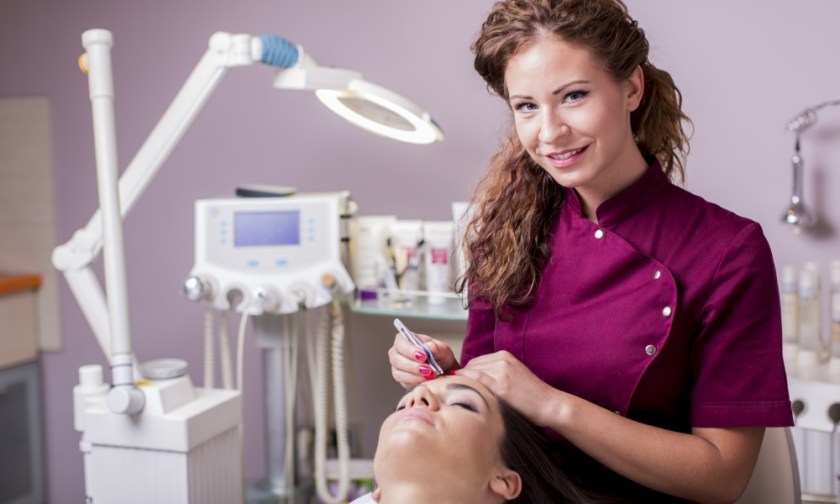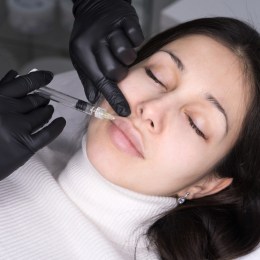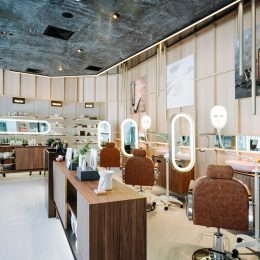Ashleigh Sharman says it’s time to create a narrative for the skin, a unique story for each and every client.
Touring Australia to promote the newest additions and reformulations from PCA SKIN, international educator Michelle Goldsmith made one thing clear – that client customisation needs to reach new heights in order to sustain the industry – resulting in clients returning through your door for treatments and the purchase of professional skincare.
“Put simply, it’s customisation but we need to take this concept a step further to ensure our treatments target specific client outcomes,” she says.
 “For PCA SKIN, that means getting more retail serums in the back bar for therapists to play with, be creative and excite clients. It’s not about in-and-out style treatments; rather, supporting a ‘thinking therapist’ who creates a skin narrative for each client.”
“For PCA SKIN, that means getting more retail serums in the back bar for therapists to play with, be creative and excite clients. It’s not about in-and-out style treatments; rather, supporting a ‘thinking therapist’ who creates a skin narrative for each client.”
This type of treatment protocol gives an opportunity for therapists and aestheticians to talk about retail in a unique way as the skin changes, daily. The treatment might be in a series, and look the same on paper, but there are elements that evolve and change with the skin.
“What am I going to do for how your skin is feeling today? That’s the question we need to ask in creating the narrative of the skin, following the narrative of our lives through changes in our hormones, emotions and life experience. And this means tailoring what we do to the canvas,” says Michelle, who asks us to step back and consider what is causing our clients’ signs of ageing in the first place?
This idea of ‘global therapy’ delivers a combination approach to the ageing face – for what are a set of attractive, plump cheeks, recently injected, if they are on fire with rosacea? Michelle says we need to treat both or seek out experts to work alongside us in our approach.
“Protect your investment. This is the message we need to get across to clients who are signing up for micro-needling, injectables and surgery. You are touching your skin 60 times a month, so what are you doing with your investment? It doesn’t just keep going.
“Products need to work with and support the work of physicians and injectors; it keeps their work looking great. So ask you client about other services they are getting? Your job is to ensure you can make the most of their other investments,” she says.

A key part in creating a narrative for the skin is education. Staying on top of your own personal development, and knowing how you will translate this knowledge into consumer-speak is vital. This professional knowledge is ultimately what keeps consumers from thinking they know more than you do.
“Be proud of your knowledge, you are the professional!” exclaims Michelle.
“This is the reason they have come to you and this is the reason you want them to stay and not become DIY dependent. We’re all consumers but we often forget this when we’re in work mode. Step back. But step back and look at your business from the consumer’s point of view. What is your messaging saying?”
Michelle also adds that it is important to know how to deal with client questions: Making sure you have the right channels in place both internally and with your brands so to answer as directly and as soon as possible, thus retaining your professional position against the so called ‘Gospel’ of the internet.
“I get frustrated when I see how uninformed the consumer is, you know this when they turn up on your door with a DIY disaster, and so it’s our responsibility to educate, to maintain our credibility. Explain why, don’t just tell, in language clients can understand.”
We often talk of a gap existing between surgery, injectables, skincare and those who administer them. However, there are those who are beginning to connect the dots. And the narrative of the skin can be the best place to start with your client taking the starring role.
PCA SKIN (Advanced Skin Technology) www.advancedskintechnology.com.au




